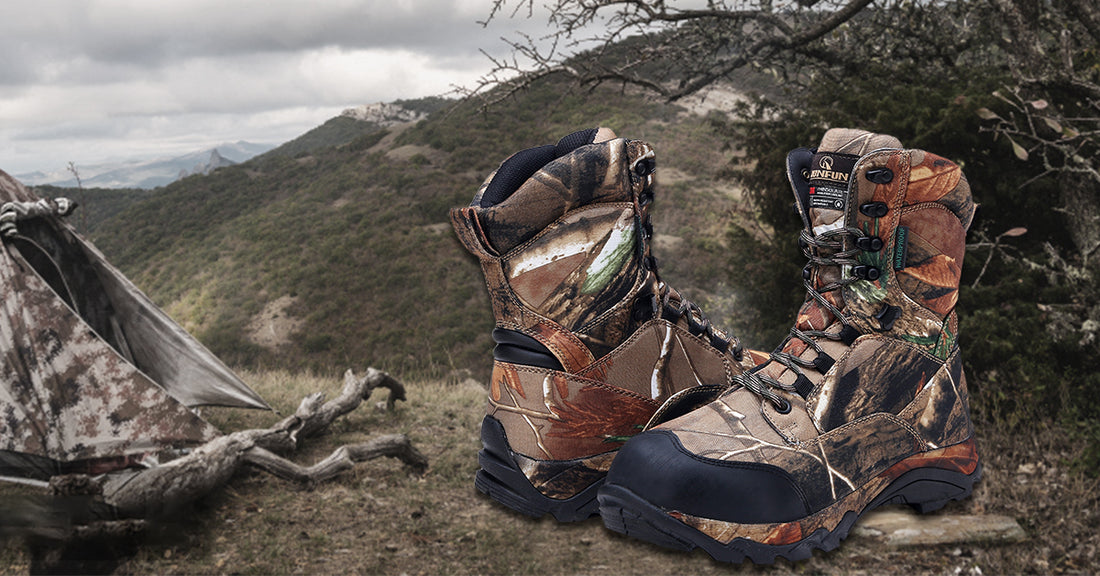When it comes to hunting boots, finding the right insulation level is essential for keeping your feet comfortable and protected in varying weather conditions. The insulation in hunting boots acts as a barrier against the cold, helping to retain body heat and prevent frostbite. However, determining the ideal insulation level can be challenging, as it depends on factors such as climate, activity level, and personal preferences. In this article, we will delve into the considerations for selecting the appropriate insulation level in hunting boots to ensure a successful and comfortable hunting experience.
Consider Climate and Weather Conditions: One of the primary factors to consider when choosing the insulation level for hunting boots is the climate and weather conditions in which you will be hunting. If you frequently hunt in cold or freezing temperatures, such as during winter months or in northern regions, opt for boots with higher insulation ratings. These boots will provide the necessary warmth to protect your feet from extreme cold.
Activity Level and Intensity: The level of physical activity during your hunting trips can impact the required insulation level. If you engage in highly active pursuits like hiking or stalking, your feet may generate more heat, and boots with moderate insulation might be more suitable. These boots will offer enough warmth while preventing overheating and excessive sweating. Conversely, if your hunting style involves long periods of stationary positions, such as tree stand hunting, boots with higher insulation levels are recommended to combat the cold during extended periods of inactivity.
Consider Layering: Remember that insulation in hunting boots works in conjunction with other layers of clothing. If you plan to wear specialized thermal socks or layer multiple pairs of socks, you may not need boots with extremely high insulation levels. Layering socks can provide additional warmth, allowing you to opt for boots with slightly lower insulation ratings while maintaining comfort and protection.
Personal Comfort and Preference: Each individual has a unique tolerance for cold temperatures and personal comfort preferences. Some hunters may naturally feel colder than others, even in the same weather conditions. Consider your own comfort level and assess how your feet typically respond to cold temperatures. This self-awareness will guide you in selecting the appropriate insulation level that keeps your feet warm and comfortable throughout your hunting adventures.
Additional Factors to Consider: While insulation is a crucial consideration, it's important to evaluate other features in hunting boots that contribute to warmth and comfort. Look for boots with moisture-wicking properties to keep your feet dry, as moisture can cause discomfort and reduce insulation effectiveness. Breathability is also essential, as it allows excess heat and moisture to escape, preventing overheating and sweat accumulation.
Conclusion: Choosing the right insulation level in hunting boots is crucial for maintaining warmth, comfort, and protection during hunting expeditions. Consider the climate, activity level, layering options, personal comfort, and additional features like moisture-wicking and breathability when making your selection. Remember that finding the perfect balance of insulation will vary for each individual. By carefully considering these factors, you can select hunting boots that suit your specific needs, ensuring an enjoyable and successful hunting experience in any weather condition.


